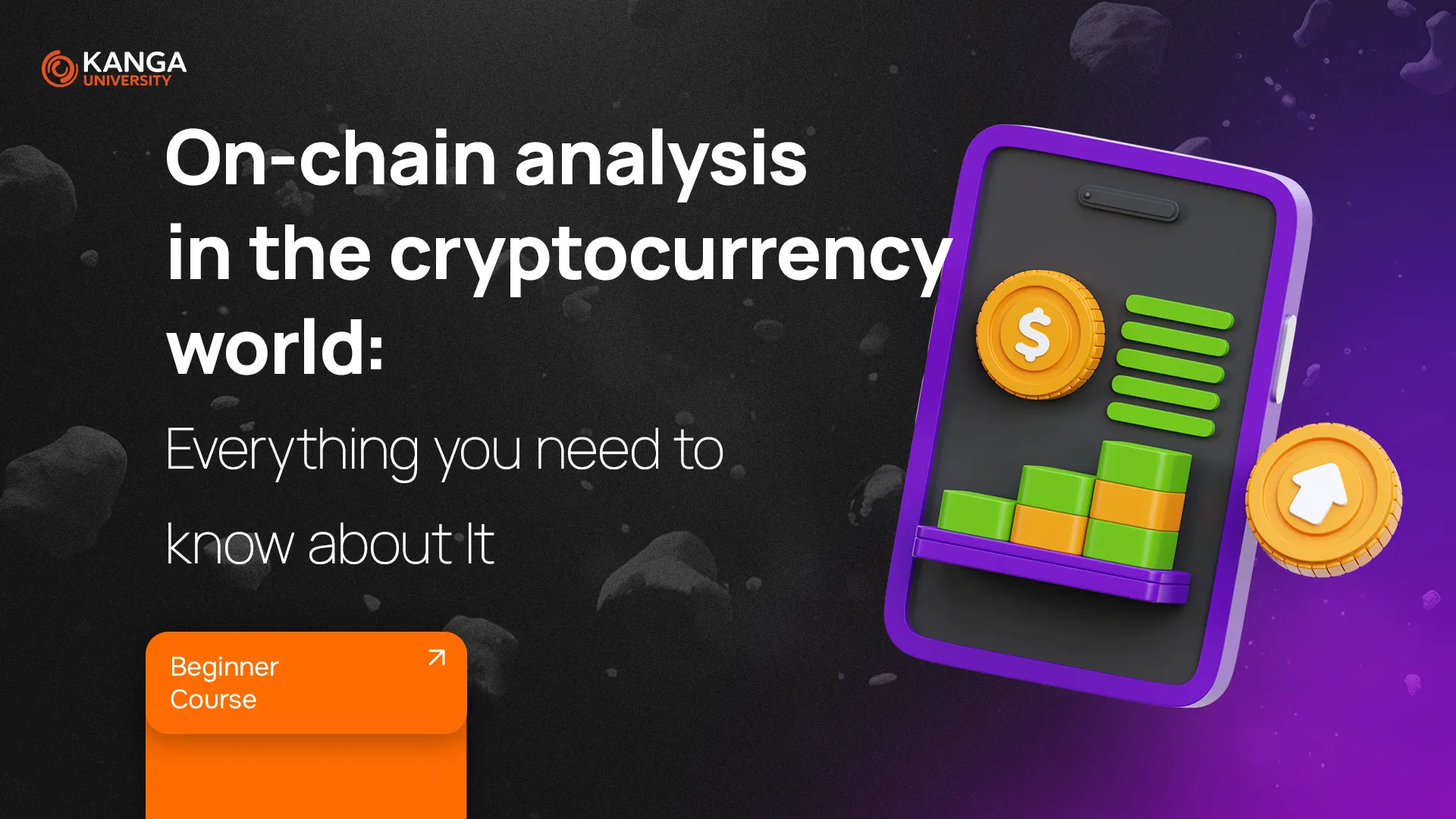
Imagine having access to real-time data showing where money is moving in the crypto market, what big investors are doing, and how blockchain networks are being used. That’s exactly what on-chain analysis allows you to do—it’s a method of studying blockchain data to gain valuable insights into market trends.
By analyzing on-chain data, you can track transactions, user activity, and wallet balances to better understand the overall health of the crypto market. It’s a powerful tool that helps investors make more informed decisions based on real data rather than speculation or emotions.
Key Aspects of On-Chain Analysis
1. Blockchain Transactions
Every transaction on the blockchain is publicly recorded, allowing analysts to track fund movements between wallets. Large transactions by “whales” (big investors) can signal potential market shifts.
2. Miner Activity
Miners play a crucial role in blockchain security and token supply. If they start selling their mined coins in large amounts, it could indicate potential downward pressure on prices.
3. Wallet Balances and Large Investors
Tracking how much crypto is held by major wallets can provide insight into market control and capital concentration.
4. Exchange Flows
When large amounts of cryptocurrency are moved to exchanges, it often signals selling pressure. On the other hand, mass withdrawals may suggest long-term holding.
5. Whale Alerts
Whales (investors holding large amounts of crypto) can influence market sentiment. Monitoring their movements can help predict price trends.
Key On-Chain Indicators
To assess market conditions, investors track several important metrics:
- Active Addresses – The number of unique addresses making transactions. A growing number suggests increasing network activity.
- Daily Transactions – Measures how often the cryptocurrency is used in transactions.
- Total Transaction Volume – Shows how much capital is flowing through the network.
- Total Value Locked (TVL) – Indicates the amount of funds locked in DeFi smart contracts.
- Net Unrealized Profit or Loss (NUPL) – Helps determine if the market is in a state of euphoria (high unrealized profits) or panic (high unrealized losses).
- Bitcoin Days Destroyed (BDD) – Measures how long coins were held before being moved. A spike in BDD could indicate long-term holders selling.
- Network Value to Transactions (NVT) Ratio – Similar to the P/E ratio in stock markets, this metric helps assess whether a blockchain is overvalued.
Best Tools for On-Chain Analysis
You don’t have to analyze blockchain data manually—several platforms provide powerful tools to help you:
- Glassnode – One of the most popular platforms for on-chain analytics.
- Looknode – A tool for tracking fund movements.
- Etherscan – A blockchain explorer for Ethereum that allows tracking of transactions and addresses.
- Token Terminal – A platform for analyzing DeFi projects.
- Icy Tools – A tool for analyzing NFT markets.
Why Is On-Chain Analysis Important?
Traditional market analysis relies on price charts and technical indicators, but on-chain analysis gives you real insights into how people are actually using cryptocurrencies. It allows you to:
✔ Understand how users interact with cryptocurrencies.
✔ Detect market manipulation and abnormal activity.
✔ Predict market trends before they become obvious to the majority of investors.
Summary
On-chain analysis is one of the most advanced tools for crypto investors. It provides a deeper look into market behavior, capital movements, and investor strategies.
However, it’s important to remember that while on-chain data is valuable, it requires careful interpretation. No single indicator can predict the market with 100% accuracy, but combining multiple insights can significantly improve investment decisions.